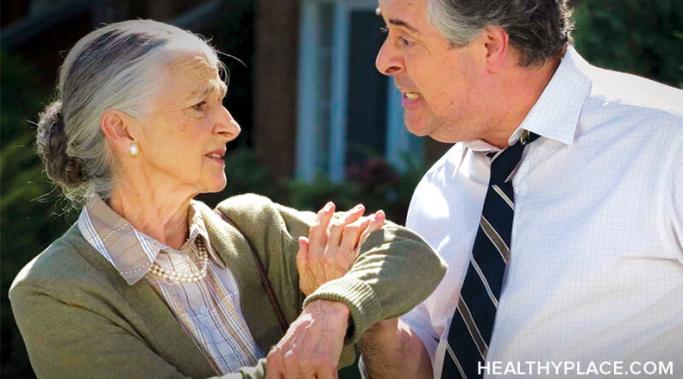By the time my narcissist boyfriend hit me, we were more than a year into our relationship. Though he had yelled at me plenty, I had no clue until the moment his hand crashed into my face that physical violence was in his repertoire. Nor did I know he was a narcissist and already priming another woman to replace me. I did know, having been tipped off by his daughter, that he had kept secret from me an addiction to meth. I should have left upon this discovery, but I was far too enmeshed to escape. Besides, my narcissist boyfriend promised to change and I thought forgiving him was the high road.
Abuse
One of the tragedies of narcissistic abuse is that victims never get the validation so desperately wanted from their abuser(s), to help them recover from narcissistic abuse.
Intimate partner violence has been called the “hidden variable” in the lives of older adult women (65 and older). In our youth-driven culture, it can be difficult to think of older women as the victims of domestic violence, spousal abuse, rape, or emotional abuse, chiefly because it is uncomfortable for us to consider the elderly as romantically and sexually active. These are younger women’s problems, goes the popular attitude, and media and social services directed at victims of IPV seem to concur. If you’ve ever thought this way, you’re not alone. Studies have shown even physicians are reluctant to ask older women about domestic violence, particularly sexual abuse.
Although cyber bullying is not seen by many parents as being as serious as face-to-face bullying, it can be more dangerous as it creates the possibility of a wide-spread and more severe attack on an individual. The effect of bullying can be devastating and cyber bullying can result in peer group exclusion, victimization, and public humiliation of a child or adolescent.



